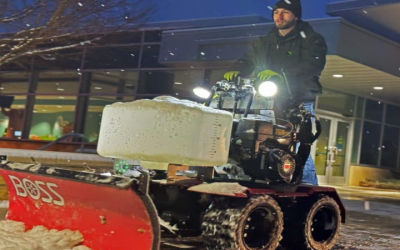There are few things as impressive as the power behind a jet engine. The complexity of these machines requires numerous layers of testing before they are put into use. One such testing is carried out in a jet engine test cell, which simulates different conditions and situations that an aircraft can encounter in real life.
Many factors contribute to making an effective jet engine test cell design, so let’s take a closer look at some of the essential components that make it tick.
Airport Infrastructure
A critical consideration in jet engine test cell design is the airport infrastructure. For instance, the distance of the test cell from the airport’s runways has to be closely monitored as this can affect noise levels.
The location should be convenient for transportation, have adequate control over fencing, and be able to meet the weight requirements necessary for a safe aircraft. The aircraft has to be transported to the test cell, which means that the test cell has to be at least a few miles away from the runway or taxiway.
Test Cell Acoustics
Noise pollution from aircraft engines is a significant concern in test cell design. The acoustic shields must be designed to redirect sound waves away from the neighborhood. Intake and exhaust systems are also critical components as they help reduce noise emission and balance the pressure in the engine. Engineers and technicians must ensure that the tests remain within limits established by local ordinances and laws.
Test Cell Controls
Another essential component of test cell design is the control system. It is imperative to have a comprehensive and well-configured control system that manages the context of the gas turbine being tested while being able to monitor and manage measurements during the testing process. The computer control system should be reliable and allow for data collection while ensuring the health and safety of the operators.
Auxiliary Systems Integration
The auxiliary systems needed to protect the gas turbine components must be properly integrated into the design. This includes fuel and lubrication oil storage tanks and systems, control air system (CAS), ignition system, and other essential systems. Other critical auxiliary components like the air conditioning system and hydraulic supply systems are also vital for ensuring the safety of the testing process.

